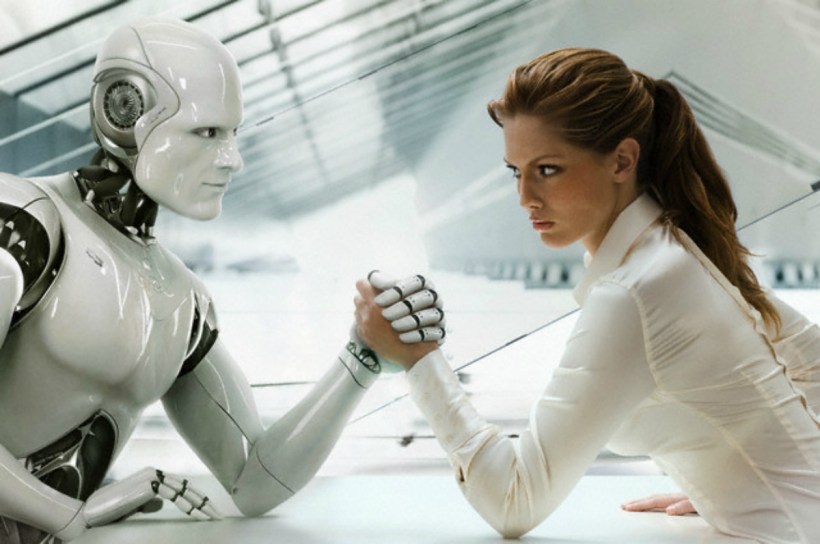From the most remote origins of humanity, the need to know and discover things has been a struggle for subsistence and the development of life itself on the planet. With its evolution, scientific discoveries and technological evolution and innovation, it became a fundamental lever of human activity. But it has been from the last centuries and especially in this last decade, when this role has grown exponentially, almost in parallel with the same growth of the world population. The world’s population reached 7.7 billion in mid-2019, having added one billion people since 2007 and two billion since 1994 and with strong and accentuated tensions between rich and poor countries. In which the main viability engine up to now was development and growth, and which from now on must reconsider at a global level a new sustainability model that allows a fair redistribution of raw materials and finite wealth, to do so viable in the medium term.
Faced with this situation, the need for adaptation has always been an exceptional quality of the human being and therefore, the need to seek ways of evolution and sustainable growth necessarily goes through the impulse of research, development and innovation in search of a coherent and sustainable progress in convergent areas of knowledge and at a different time in different spaces. That is, in a global environment, although “knowledge” is accessible to everyone in almost real time, its application in different parts of the planet is affected by the variable time and this must be adapted to the reality of each space in each moment. With this, the potential benefits obtained in a certain place are not always replicable in the same way in other spaces / different territories.
To go beyond space and time in search of common patterns and homogeneous development denominators, or what is the same, geopolitical borders and time, MegaTrends are defined. Definition that comes from the world of research and that aims to redefine a framework of global trends in the evolution of society applied to all its agents (state, society and market). Or put another way, it is the knowledge and prediction of our possible future, where convergent sciences and technologies must deepen the path of sustainability.
After reviewing and reading in depth different works and documents of experts and reference organizations, everything seems to indicate that over the next few years, we are going to find an exaggerated and uncontrolled population growth, especially in countries of the so-called third world, a growth of the countries of the western world close to 2%, while in so-called emerging countries this will be higher than 7%. An aging population in developed countries with a clear inversion of the population pyramid, with all that this entails, is very considerable. If we add to this, that to guarantee this model of average growth of 5%, we have scarce natural resources to supply the planet and finite energy resources to guarantee growth and development, it is necessary to review the model urgently or this process is simply not feasible.
In any case, Megatrends have a different meaning for different agents, states, companies or individuals. The prediction or definition of potential future scenarios does not guarantee in any way that this is the true future to occur, since the development of society and its interrelationships is happening temporarily and the parameters are permanently affected by different situations that affect the total of the formula. That is, the evolution and development over time and the impact on society and its agents, is affecting day by day in the new future or immediate future that is presented to us and therefore the scenario that we draw from our knowledge in Today may not be anything like the one we will achieve tomorrow. But thanks to these models, we will have been able to adapt and theoretically, thanks to the knowledge and application of science and technological innovation, improve it.
In our particular case, we are going to consider “Megatrends” as a methodology for the future strategic and innovative development of society and, in particular, of companies. This methodology, combined with others, can help us to elaborate the development and innovation framework of our company. But this is not a guarantee of success or failure, since the way of applying these methodologies, for some visionaries, is based on the definition of scenarios in which multiple variables interact and therefore, they must be constantly reviewed and updated, to control and evaluate the interferences between all of them and see how it affects the evolution of our prediction model.
The methodology proposed here is a compendium resulting from the study of the analysis of the most prestigious consulting firms, organizations, universities and international magazines in the new technologies and innovation sector.
Imagining a global world in 2030, how we will live and develop our vital activity, we have grouped into five large blocks the Megatrends that will guide the world throughout this period and in particular, what will be their impact on society, on business and how they will affect current companies and how they must position themselves today to achieve success in the immediate future. Development opportunities in the markets, their size and main stakeholders.
Once these Megatrends have been defined, we identify possible ways of development and innovation, as well as possible actions to take into account in different scenarios. Each of these Mega Trends is broken down into trends, moving from an initial global perspective to a more local perspective and its potential geopolitical and temporal impact.
And finally, once all these possible trends have been analyzed, we identify potential actions to consider in each case, by the different agents involved in the process. Development of potential business opportunities, key and strategic businesses, as well as ways and keys for Innovation in them, identifying the value generated in a special way in the value chain of each business.
References: Fundación de la Universidad Autónoma de Madrid, Universidad Politécnica de Madrid, Fundación Telefónica, Fundación Acciona, European Commission, Onu, FAO, Unesco, Frost and Sullivan, e_Consultancy, TrendWatching, IDC, Gartner Group, Siemens, e_Consulting, Copenhagen Institute for Future Studies, Bertelsmann Future Challenges, MIT, IESE, Babson College Community, Harvard Business Review, LinkedIn Groups …
Carlos J. Ochoa Fernández ©








